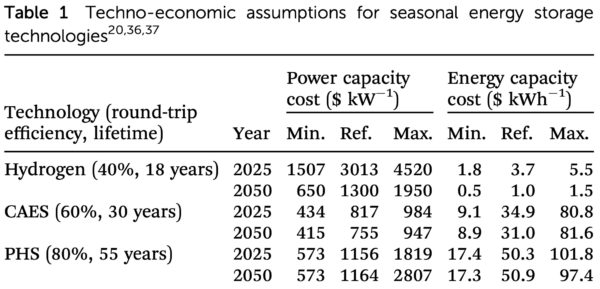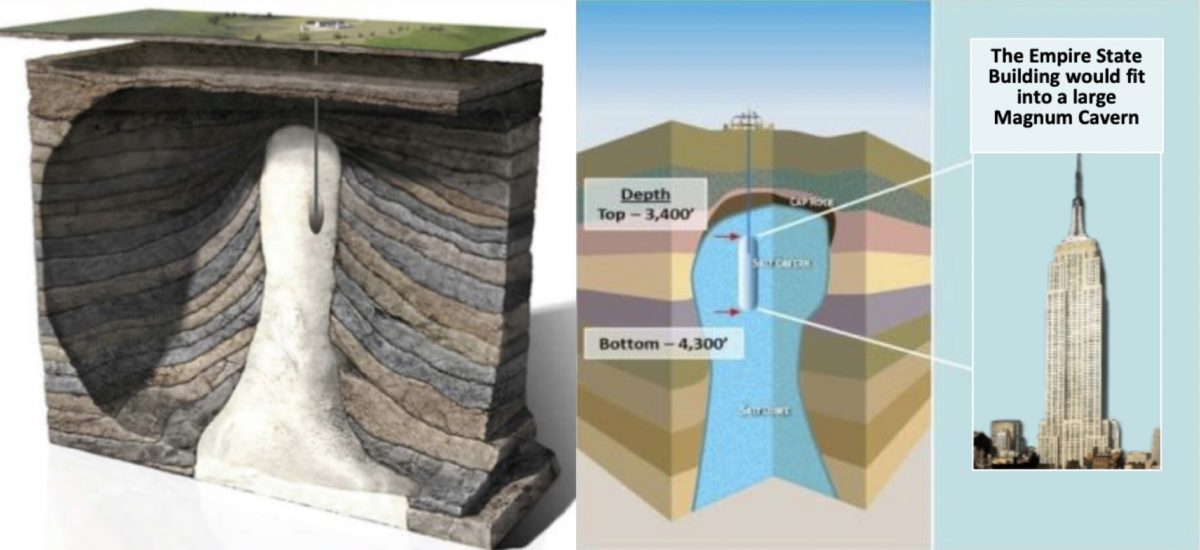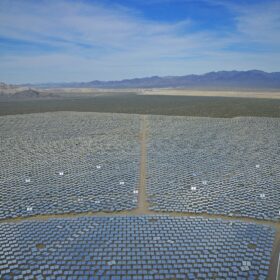A National Renewable Energy Laboratory (NREL) study concludes that by 2050, hydrogen storage lasting for two weeks “is expected to be cost-effective.”
The global consulting firm DNV GL reached a similar conclusion in April, saying that hydrogen is the “first viable option” for seasonal storage, to help balance renewable generation.
Hydrogen storage with just one week’s duration could become cost-effective by achieving capital costs for the power equipment below $1,507 per kW, and capital costs for underground hydrogen storage below $1.80 per kWh, said the study’s lead author Omar Guerra, an NREL research engineer.
The power equipment begins with an electrolyzer to produce hydrogen from water—a process that can be powered with solar or wind power. Later, to convert the hydrogen to electricity, the power equipment would be either a fuel cell or a gas turbine. Researchers are also developing a reversible fuel cell that also operates as an electrolyzer.
NREL’s study also found that pumped hydro and compressed air energy storage with one day of discharge duration would be cost-competitive in the near future.
Here are the study’s cost estimates, provided by NREL—with the cost for storing the hydrogen, compressed air, or pumped water shown as the energy capacity cost (in $/kWh capacity, not $/kWh generated):

Last week the Department of Energy announced plans for a research and development program to achieve “large-scale, affordable” electrolyzers, and a second program to accelerate development of fuel cells for “heavy-duty vehicle applications.” Fuel cells can be powered with fossil gas or hydrogen; the Department did not specify whether its fuel cell program would involve hydrogen fuel cell research.
Hydrogen storage of more than one-week duration could be cost-competitive in the near future, the NREL study says, if either capital costs improve, long-duration storage is compensated for reliability services, or the arbitrage or capacity value of long-duration storage increases as the level of renewable generation increases.
The study did not evaluate flow batteries, for which the electrolyte can be stored separately from the battery, permitting long-duration storage.
The study’s results reflect modeling of the Western U.S. power grid.
The taxpayer-funded study is published behind a paywall; next May, the study will be available at no cost. The study’s authors were Omar Guerra, Jiazi Zhang, Joshua Eichman, Paul Denholm, Jennifer Kurtz and Bri-Mathias Hodge. The study is titled “The value of seasonal energy storage technologies for the integration of wind and solar power.”
This content is protected by copyright and may not be reused. If you want to cooperate with us and would like to reuse some of our content, please contact: editors@pv-magazine.com.








Can a salt or other underground reservoir hold hydrogen without the hydrogen reacting with the materials in the ground?